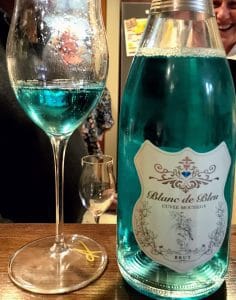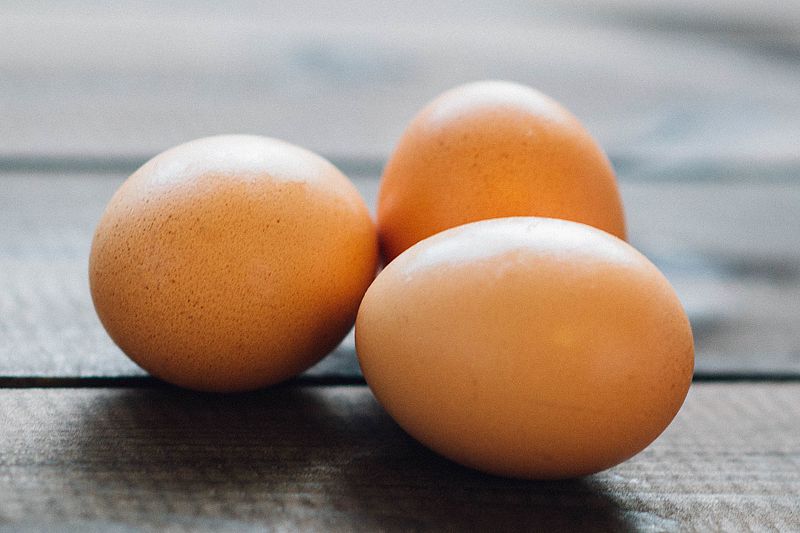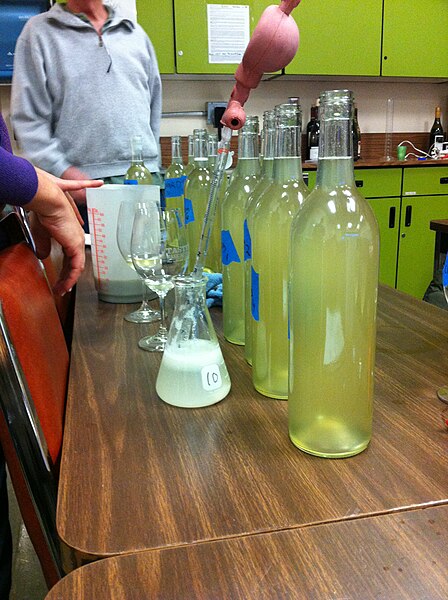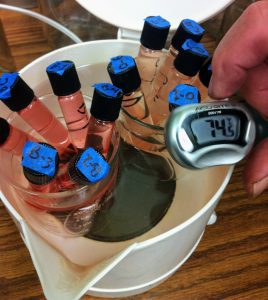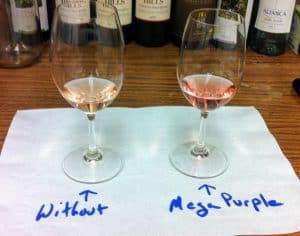This College Humor skit (2:37) about farmers markets perfectly sums up some of the struggles that small family wineries have in competing against supermarket brands.
Yes, everybody loves the idea of shopping local and buying wines from small family wineries. But, gosh darn it, why does it have to be so hard?
Why do I have to actually go to a winery or a small wine shop to find their product instead of picking it up with my toilet paper at Costco?
Why do they charge $25-35 for their few hundred case lot Pinot noir when you can get one of the 6 million-plus bottles of Meiomi made every year for $15-20?
How come these wineries don’t just sell to Olive Garden where they can pour me a sample at my table?
It’s a hard truth that the best of intentions often hit a wall when they run up against convenience and price.

Rain or shine, farmers tend to their produce and sell their wares.
Similarly, wine growers are in their vines come rain or shine doing their best to craft a product worth putting their name on.
Wine consumers may love the idea of shopping small but, just like the folks in the farmers market parody, they often end up eating fat, greasy McDonald’s instead.
The Supermarket (brands) advantage
As with supermarket produce, the big mass-produced brands take advantage of their near-monopoly of distribution channels. You don’t have to search the big brands out. They’re readily available not only at the grocery stores but at Costco, big-box retailers, chain-restaurant wine lists and even gas stations.
Like McDonald’s, you see them everywhere with that omnipresence giving a halo effect of reliability and consistency. I mean, these wines wouldn’t be everywhere if they weren’t good, right?
Small wineries will never have this type of visibility or convenience at their disposal. With the massive consolidation of distributors, many wineries are finding retail channels choked off. Even those that do squeeze themselves into a distributor’s book, often find their wines gathering dust in a warehouse as sales reps focus on their most prominent portfolios.
To find these small brands, consumers usually have to visit the winery (or their website) directly or shop at wine shops with curated wine selections. This requires “work” on the consumer’s part which is, unfortunately, an inherent disadvantage.
The $5 Onion versus the $5 Bottle.
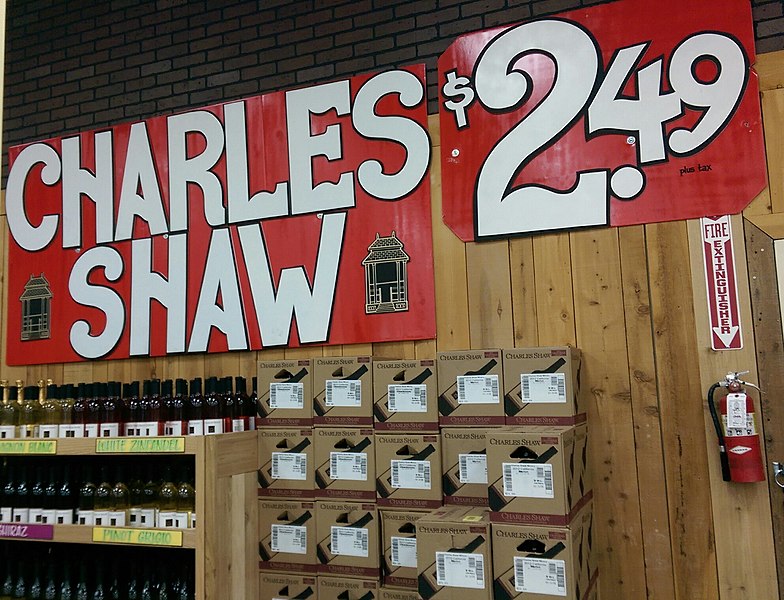
The original Charles Shaw actually set out to make high quality, hand-crafted wine but ended up going bankrupt.
That allowed Fred Franzia of Bronco Wine Co. to scoop up his label on the cheap.
Another advantage of the big brands is that their mass-production gives them an economy of scale. When you’re sourcing from thousands of acres and cranking out millions of cases at industrial warehouse-sized wineries, you can make a $5 bottle of wine–or even a $2.49 one.
The mom and pop wineries who are hand harvesting their grapes from a few acres, fermenting them in small lots with family members handling the bottling and packing line could never come close to that scale.
The price of their wines is going to reflect the smaller-scale production value of their labor. So, yeah, they’re going to be more expensive than a whole bag of onions at the supermarket.
Can you taste the difference?
Perhaps. Sometimes the difference is dramatic like comparing farm-fresh eggs to the factory produced supermarket eggs. But other times noticing the differences only comes after you’ve been exposed to them repeatedly.
If all you regularly consume are conventionally-grown leafy greens, then you might not notice at first the big difference between those and the organic greens from the farmers market.
But spend some time eating those locally sourced, fresh greens. Then go back to the cheaper supermarket stuff. The drop in quality becomes quite apparent.

Seriously, fresh eggs are AMAZING. They will rock your world like a Syrah from the Rocks Districts of Walla Walla.
Try comparing that to a YellowTail Shiraz and the difference is night and day.
Likewise, if you regularly consume mass-produced supermarket wine, your palate becomes used to the sneaky sweetness of residual sugar and mega-purple or the artificially lowered acid and added oak chips. Comparing that to a small production wine made without those tricks and manipulation may provide a stark contrast at first. But it may not.
However, if these small production wines were your go-to wines, the difference would be way more noticeable when compared to the supermarket stuff.
It’s “kinda” not that bad, though.
Shopping small is hard. There is always going to be access issues and a cost difference compared to the mass-produced brands.
The joke of the College Humor skit is that people only “kinda” support farmers market when it’s easy and convenient. But you know what? “Kinda” is better than nothing.
Even an “only when it’s easy” commitment to shop small makes a difference–in many different ways.
The competition of farmers market and people being more concerned about where their food is coming from has increased the overall quality of choices at supermarkets. Successful retailers know that they can’t wholly skate by on just convenience and pricing.
And while I use the term “supermarket wine” as a catch-all for big, mass-produced brands, there are a lot of supermarkets that have upped their game–carving out a little bit of shelf-space for wines from smaller family producers.
The Moral of the Story
My best advice to consumers who want to keep their heart in the right place is to keep doing what you can. When you are at a restaurant and notice unfamiliar names on the wine list, give them a try–even if they may be a couple of dollars more than your regular choice.
I can guarantee you that the sweat, tears and passion that went into that small production wine was more than a couple of dollars worth to the family that put their heart into making it.
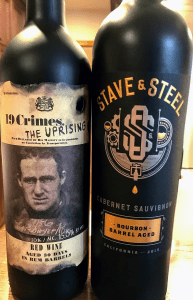
Though sometimes you should be skeptical of the “real people” behind the wine too. Especially if they’re long dead and are talking to you as part of a marketing gimmick.
If you’re at a wine shop or even a grocery store that has a wine steward, ask them about what new wines have come in and if they know the backstory of who produced it. While the big, mega-corps come up with new labels and brands virtually every week, they rarely have a backstory or real people behind them. They’re usually just fancy, colorful labels with gimmicky promotions.
A good steward will know if a wine has real people behind it.
And if they don’t, you asking questions will encourage them to learn more and improve their selection.
When you get a chance to visit the “farmers market” of wine country, skip the tourist trap locations and seek out the small family wineries along your way. You’ll be amazed at the hospitality and behind the scenes insights that you can get when its the owner, winemaker or another family member on the other side of the tasting bar.
Anything you can do, when you can do it, helps in the grand scheme of things. Even if it’s only “kinda,” small family wineries will take all the support they can get.

